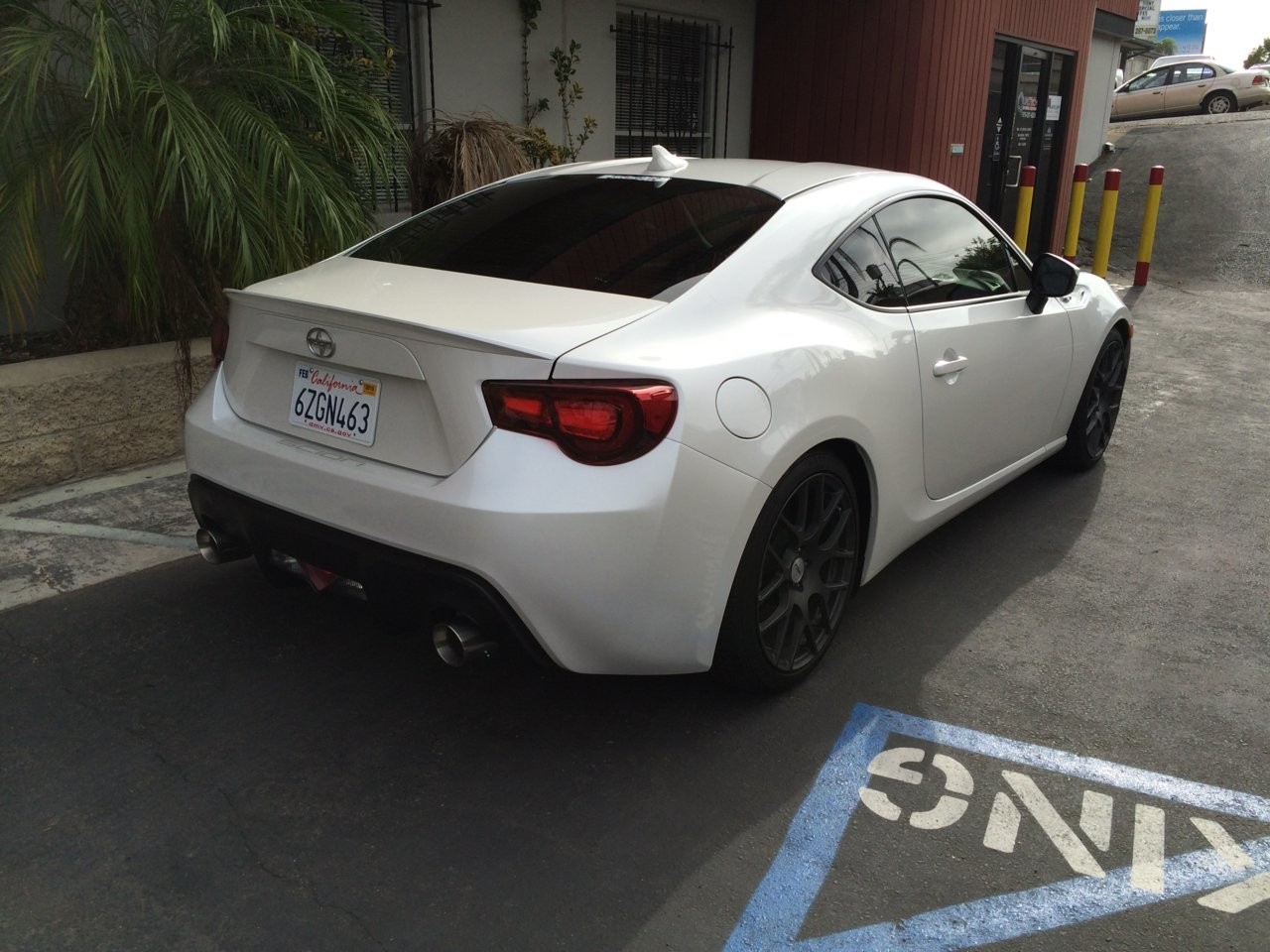Body repair work is essential to fix damage and maintain your vehicle’s appearance. However, even after a professional body shop completes repairs, the paint might not always have that showroom shine. Polishing your car after body repair is a crucial step to refine the finish, blend repaired areas, and achieve a flawless look. This guide will walk you through the process of polishing your car to perfection after body work, ensuring your vehicle looks its absolute best.
After body repair, it’s important to allow the new paint to cure completely. This process, often referred to as “outgassing,” allows solvents to evaporate from the fresh paint, which is crucial for the longevity and durability of the finish. Consult with your body shop for the recommended curing time, which can vary depending on the type of paint and environmental conditions. Polishing too soon can trap these solvents and lead to paint defects later on.
Once the paint is fully cured, start with a thorough wash to remove any dirt, dust, or contaminants that may have accumulated on the car’s surface, especially in the repaired area. Use a high-quality car wash soap and a soft microfiber wash mitt. Rinse thoroughly and dry the car completely with a clean microfiber drying towel. This step is essential because polishing grinds any surface contaminants into the paint, potentially causing scratches.
 Car bumper paint mismatch after body repair.
Car bumper paint mismatch after body repair.
Inspect the repaired area closely. Look for any imperfections in the paint, such as orange peel (uneven texture), swirl marks, or minor scratches that might have occurred during the repair process. Polishing is designed to correct these minor flaws and enhance the paint’s gloss. For deeper scratches or significant paint issues, professional paint correction might be necessary before polishing.
Choosing the right polish and polishing pad is crucial for achieving the desired results. For new paint after body repair, typically a fine-cut polish or a finishing polish is appropriate. These polishes are designed to refine the paint surface and enhance shine without being overly abrasive. Pair your polish with a soft foam polishing pad. Avoid using aggressive compounds and cutting pads unless you are dealing with significant paint defects and have experience with paint correction.
Apply a few drops of polish to your polishing pad. If you are using a machine polisher, work in manageable sections, typically about 2×2 feet. Use overlapping passes with moderate pressure. If polishing by hand, use a back-and-forth motion, also with moderate pressure. The goal is to gently refine the top layer of the clear coat, removing minor imperfections and leveling the surface to reflect light evenly.
After polishing each section, wipe away the polish residue with a clean microfiber towel. Inspect your work to ensure you have achieved the desired level of gloss and defect correction. You may need to repeat the polishing process in certain areas if imperfections persist. Once you are satisfied with the polish, you can apply a wax or sealant to protect the polished paint and enhance its shine further.
Polishing your car after body repair is a rewarding step that elevates the quality of the repair work. By following these steps and using the right techniques and products, you can ensure your car looks its absolute best, with a smooth, glossy, and seamless finish that matches the rest of your vehicle.
